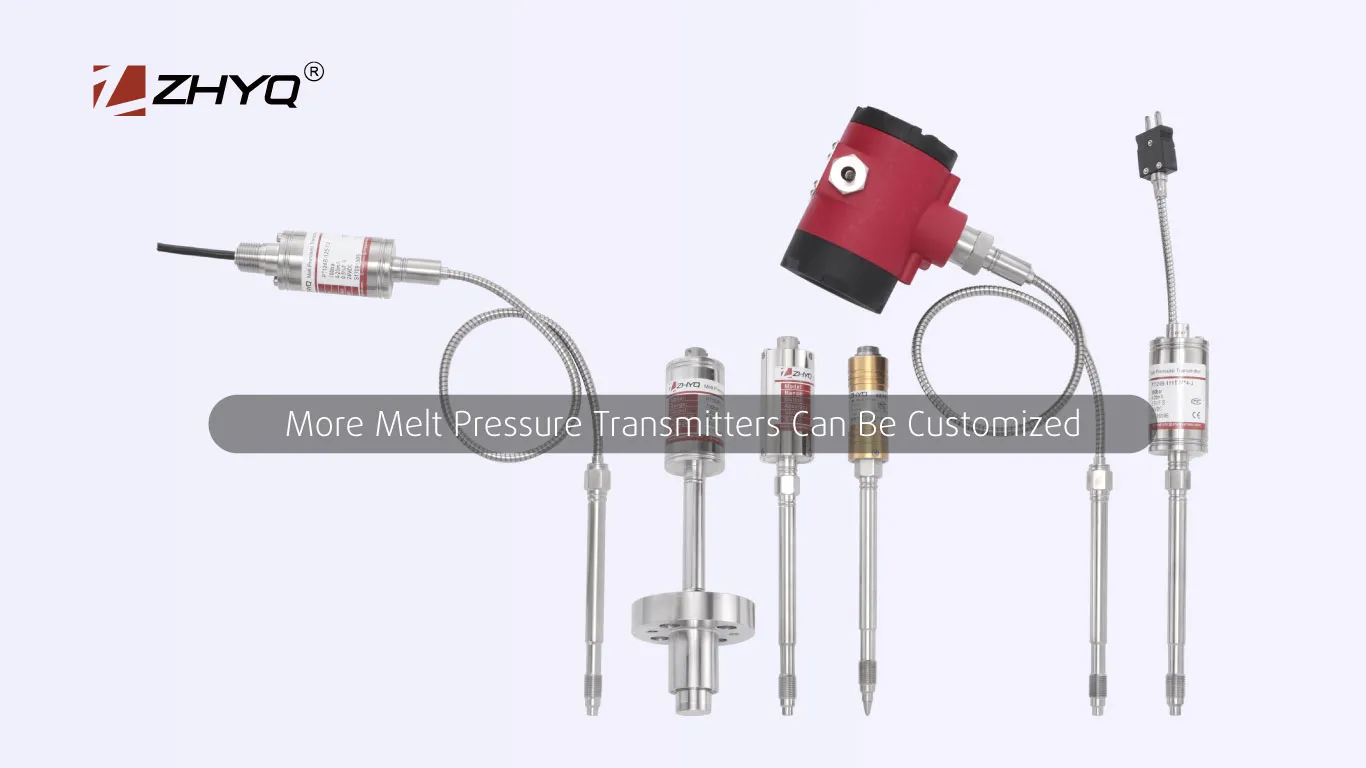Why Is the Diaphragm So Important?
In environments such as chemical fiber spinning, petrochemicals, or the nuclear industry, high-temperature melt pressure transmitters (PT124B-1X series) are key components for critical parameter measurement.
The most vulnerable yet essential part is the diaphragm—it directly withstands high pressure, high temperature, and strong corrosive media, acting as the first line of defense for the entire sensing system.
The following sections compare four commonly used stainless-steel/nickel-alloy materials from ZHYQ (316L, 17-4PH, 15-5PH, C276, and Inconel 718), helping you select the most suitable diaphragm material based on your working conditions, along with practical guidance for the PT124B-1X series.

Overview of Candidate Materials
17-4PH and 15-5PH are both precipitation-hardening stainless steels, while 316L is a low-carbon austenitic stainless steel.
C276 and the Inconel series are nickel-based superalloys.
Mechanical strength comparison (yield strength, tensile strength, hardness, max operating temperature):
C276/Inconel > 17-4PH > 15-5PH > 316L
Corrosion resistance:
The corrosion behavior of these materials varies by medium.
Notably, 17-4PH, 15-5PH, and C276 can be enhanced with anti-sulfide coatings, improving resistance to sulfur-containing media.
Material Selection Recommendations Based on Working Conditions
For low to medium temperature (≤350 °C) and non-corrosive media with a moderate measuring range, 17-4PH or 15-5PH diaphragms are suitable.
For high temperatures or media containing sulfides/chlorides, select C276 or specific grades of Inconel.
For low measuring ranges, 316L diaphragms are recommended.

Selecting the Optimal Diaphragm for the PT124B-1X High-Temperature Melt Pressure Transmitter
Define operating conditions: temperature, pressure, medium composition, and service life requirements.
Match materials:
- Low temperature / mild corrosion → 17-4PH or 15-5PH
- High temperature / strong corrosion → C276 or Inconel
- Low measuring range → 316L
Confirm heat treatment: precipitation hardening + necessary annealing to ensure a complete hardened structure.
Verify dimensions and geometry: thickness and flatness must satisfy pressure-distribution requirements.
Installation & maintenance: tight assembly, periodic inspection, and corrosion prevention.



